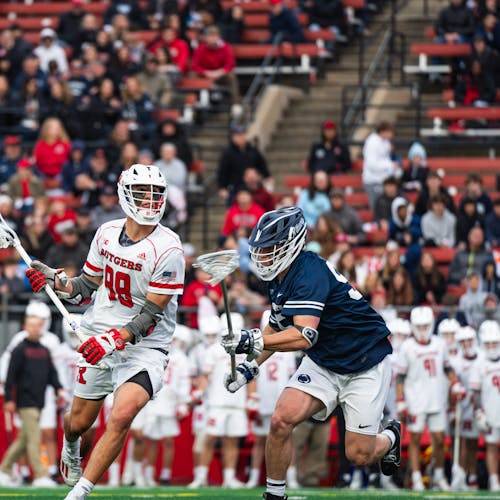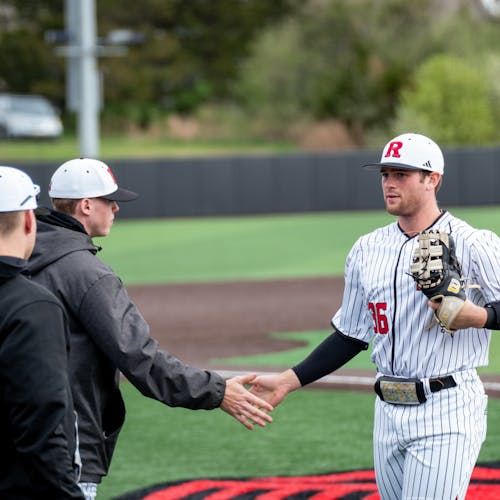COLUMN: Why do injuries seem so prevalent in MLB pitchers?

The pitcher is undoubtedly the most pivotal player on the baseball field and can singlehandedly determine the outcome of a game. This sentiment proved true in the recent offseason when MLB teams spared no expense in acquiring star pitchers.
The Los Angeles Dodgers, in particular, made headlines by signing Japanese Baseball League ace Yoshinobu Yamamoto to a record-breaking 12-year $325 million contract, even before he had thrown a single pitch in America.
Despite the meticulous care taken by teams to safeguard the health and longevity of their pitching staff, a concerning trend is emerging. Big-name pitchers across the league are experiencing a higher rate of sidelining due to injuries than in the past decade. In 2023 alone, a staggering 263 pitchers in the major and minor leagues required UCL surgeries in their elbow, a number that is approximately 100 more than a decade ago.
It is not just 2023, either. The number was even higher in 2021 and has been steadily climbing over the last decade.
So, what is causing this uptick in pitching injuries? One thing to consider is how baseball has evolved in recent history.
Speed is the name of the game for many pitchers in today's MLB, with the average fastball rising from 91.9 miles per hour (mph) league-wide in 2007 to 94.2 mph in 2023. Pitchers throwing harder requires more arm speed, which in turn means more stress on the elbow. Throwing a baseball is already an unnatural motion for the body, and throwing it at a speed of more than 90 mph makes it even more stressful on the body.
Many also believe that the training regimen of many of today's top pitchers could be contributing to injuries. Due to advanced analytics that have entered the game, many pitchers decide to throw less and less in their offseason and spring training programs. New York Yankees superstar Gerrit Cole fell victim to this in the past spring training season for the team and found himself starting the year on the injured list.
Believe it or not, throwing more in the offseason is more beneficial to pitchers than limiting their throwing. The baseball season is a 162-game marathon spanning from late March to late October if your team makes the postseason. So, the best way to prepare for said marathon is not to limit your training and quickly ramp it up right at the start of the season. Instead, constant throwing in the offseason and a slow ramp-up in spring training allows pitchers to have their bodies well-prepared for the long season ahead.
Not only is it disheartening to athletes who dedicate their entire lives to training to play the sport they love just to get injured continuously, but it is also bad for baseball as a whole.
Although there are a handful of fans of every franchise who can go through the entire 40-man roster of their favorite MLB team, most fans are more casual viewers. These viewers know the household names and want to see these superstars in action when they tune in to watch games. With so many big names finding themselves out for the season, including Atlanta Braves star Spencer Strider and Cleveland Guardians ace Shane Bieber, the game of baseball is losing viewers that it cannot afford to lose.
For a league looking to grow its audience to new fans, the last thing it needs is to continue losing superstars.
To view more of Nicholas Hart's work, follow @nhart03 on X.



